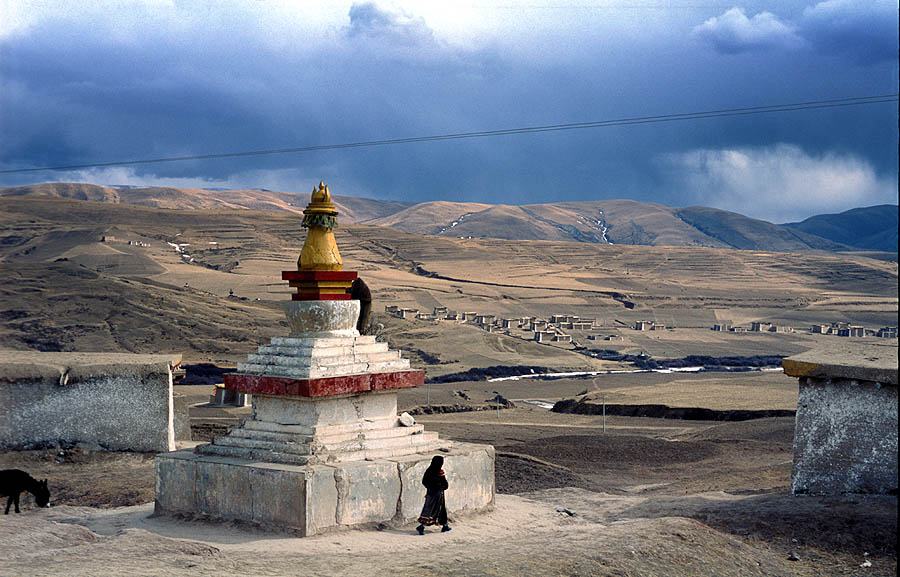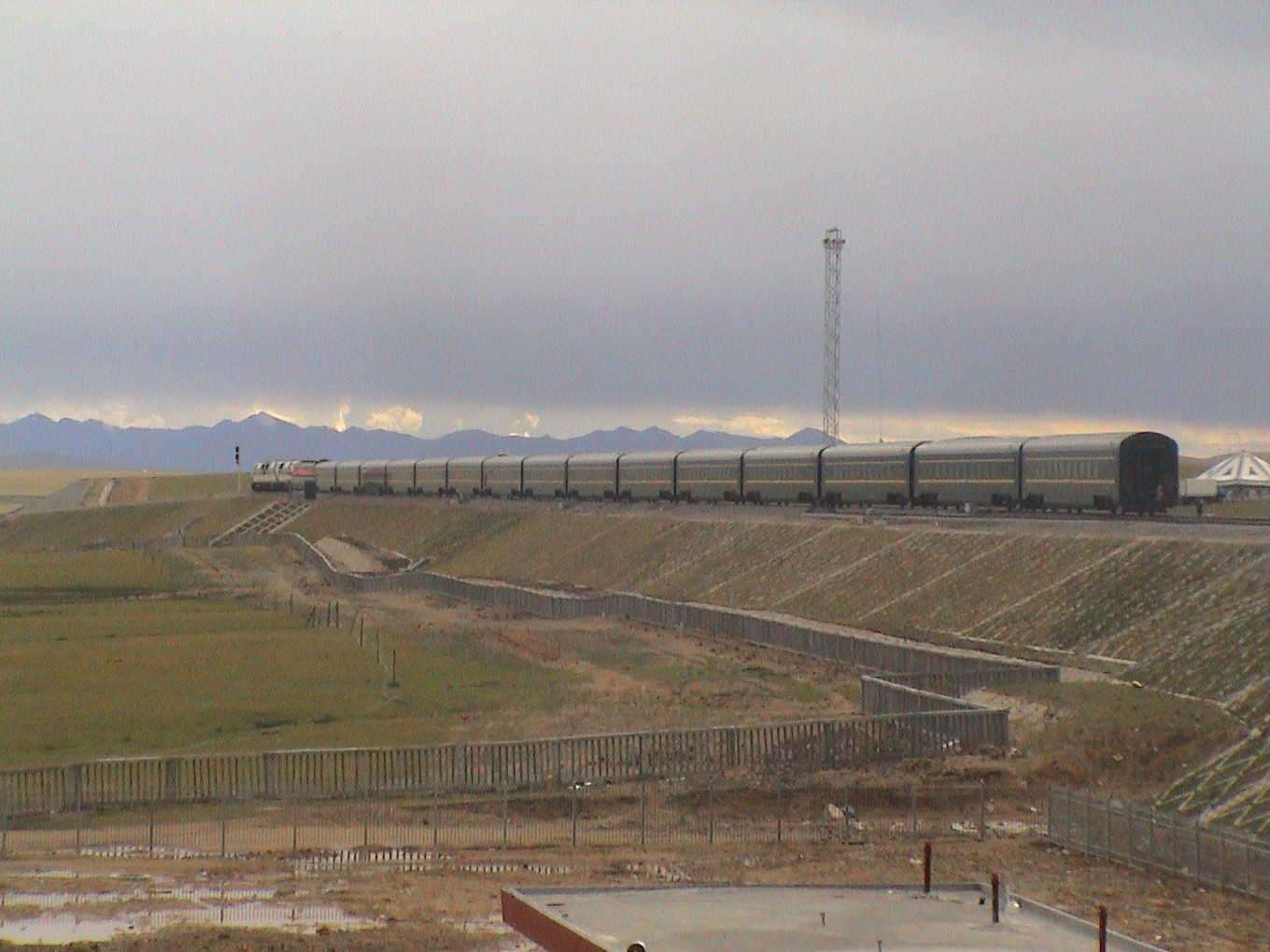|
Zi Getangcuo Lake
Zigetangcuo Lake ( zh, 兹格塘错) is a crenogenic meromictic lake in the North Tibetan Plateau The Tibetan Plateau (, also known as the Qinghai–Tibet Plateau or the Qing–Zang Plateau () or as the Himalayan Plateau in India, is a vast elevated plateau located at the intersection of Central, South and East Asia covering most of the Ti .... It is located in Nagqu Prefecture, north of Dongqiao. It has an area of 187 square kilometers at an altitude of 4560 meters. It is the meromictic lake with the highest known altitude. References Lakes of Tibet Nagqu Meromictic lakes {{Nagqu-geo-stub ... [...More Info...] [...Related Items...] OR: [Wikipedia] [Google] [Baidu] |
Sentinel-2
Sentinel-2 is an Earth observation mission from the Copernicus Programme that systematically acquires optical imagery at high spatial resolution (10 m to 60 m) over land and coastal waters. The mission is currently a constellation with two satellites, Sentinel-2A and Sentinel-2B; a third satellite, Sentinel-2C, is currently undergoing testing in preparation for launch in 2024. The mission supports a broad range of services and applications such as agricultural monitoring, emergencies management, land cover classification or water quality. Sentinel-2 has been developed and is being operated by the European Space Agency, and the satellites were manufactured by a consortium led by Airbus Defence and Space in Friedrichshafen. Overview The Sentinel-2 mission has the following key characteristics: * Multi-spectral data with 13 bands in the visible, near infrared, and short wave infrared part of the spectrum * Systematic global coverage of land surfaces from 56° S to 84°&n ... [...More Info...] [...Related Items...] OR: [Wikipedia] [Google] [Baidu] |
Nagqu Prefecture
Nagqu (also Naqu, Nakchu, or Nagchu; ; ) is a prefecture-level city in the north of the Chinese autonomous region of Tibet. On May 7, 2018, the former Nagqu Prefecture was officially declared the sixth prefecture-level city in Tibet after Lhasa, Shigatse, Chamdo, Nyingchi and Shannan. The regional area, covering an area of , is bordered by Bayingolin and Hotan Prefectures of Xinjiang to the north, Haixi, Yushu Prefectures of Qinghai and Chamdo to the east, Nyingchi, Lhasa and Shigatse to the south, Ngari Prefecture to the west. As of the 2010 census, it had a population of 462,381. Nagqu contains 89 townships, 25 towns and 1283 villages. The main city of Nagqu is by the China National Highway 109 northeast of Lhasa. Amdo, Nyainrong and Xainza are other towns of note. Extremely rich in water resources, with 81% of Tibet's lakes, covering a total area of over , it contains lakes such as Namtso, Siling Lake and rivers such as Dangqu. Every August (the sixth month in ... [...More Info...] [...Related Items...] OR: [Wikipedia] [Google] [Baidu] |
Tibet Autonomous Region
The Tibet Autonomous Region or Xizang Autonomous Region, often shortened to Tibet or Xizang, is a province-level autonomous region of the People's Republic of China in Southwest China. It was overlayed on the traditional Tibetan regions of Ü-Tsang and Kham. It was formally established in 1965 to replace the Tibet Area, the former administrative division of the People's Republic of China (PRC) established after the annexation of Tibet. The establishment was about five years after the 1959 Tibetan uprising and the dismissal of the Kashag, and about 13 years after the original annexation. The current borders of the Tibet Autonomous Region were generally established in the 18th century and include about half of historic Tibet, or the ethno-cultural Tibet. The Tibet Autonomous Region spans over and is the second-largest province-level division of China by area, after Xinjiang. Due to its harsh and rugged terrain, it is sparsely populated at just over 3.6 million people ... [...More Info...] [...Related Items...] OR: [Wikipedia] [Google] [Baidu] |
Meromictic Lake
A meromictic lake is a lake which has layers of water that do not intermix. In ordinary, holomictic lakes, at least once each year, there is a physical mixing of the surface and the deep waters. The term ''meromictic'' was coined by the Austrian Ingo Findenegg in 1935, apparently based on the older word ''holomictic''. The concepts and terminology used in describing meromictic lakes were essentially complete following some additions by G. Evelyn Hutchinson in 1937. Characteristics Most lakes are ''holomictic''; that is, at least once per year, physical mixing occurs between the surface and the deep waters. In so-called monomictic lakes, the mixing occurs once per year; in dimictic lakes, the mixing occurs twice a year (typically spring and autumn), and in polymictic lakes, the mixing occurs several times a year. In meromictic lakes, however, the layers of the lake water can remain unmixed for years, decades, or centuries. Meromictic lakes can usually be divided into th ... [...More Info...] [...Related Items...] OR: [Wikipedia] [Google] [Baidu] |
Tibetan Plateau
The Tibetan Plateau (, also known as the Qinghai–Tibet Plateau or the Qing–Zang Plateau () or as the Himalayan Plateau in India, is a vast elevated plateau located at the intersection of Central, South and East Asia covering most of the Tibet Autonomous Region, most of Qinghai, western half of Sichuan, Southern Gansu provinces in Western China, southern Xinjiang, Bhutan, the Indian regions of Ladakh and Lahaul and Spiti (Himachal Pradesh) as well as Gilgit-Baltistan in Pakistan, northwestern Nepal, eastern Tajikistan and southern Kyrgyzstan. It stretches approximately north to south and east to west. It is the world's highest and largest plateau above sea level, with an area of (about five times the size of Metropolitan France). With an average elevation exceeding and being surrounded by imposing mountain ranges that harbor the world's two highest summits, Mount Everest and K2, the Tibetan Plateau is often referred to as "the Roof of the World". The Tibetan Platea ... [...More Info...] [...Related Items...] OR: [Wikipedia] [Google] [Baidu] |
Dongqiao, Tibet
Dongqiao () is a village in Amdo County of Nagqu Prefecture, Tibet Autonomous Region, People's Republic of China. The village of Dongqiao is noted for its hot spring, Jipu. Dongqiao geologically gives its name to the wider Dongqiao-Nagqu Subregion and the Banggong-Dongqiao-Nujiang fault zone. Geography and geology Dongqiao is located about west of Amdo Town. It is located several kilometres to the south of Qiangma and Zigetangcuo Lake, to the northeast of Dongqiacuo lake at an altitude of about . The Nu River, also known as the Nujiang River flows nearby forming a valley and the Nutiang River also flows nearby. A small valley is located southeast of Dongqiao. Dongqiao village gives its name to a large region which it is located in which is known geologically for its ophiolite, termed the "Dongqiao ophiolite belt", which is dated to the late Jurassic to early Cretaceous age. The Jurassic age formations form three distinct geological regions to the north of Lhasa, from north to ... [...More Info...] [...Related Items...] OR: [Wikipedia] [Google] [Baidu] |
Lakes Of Tibet
A lake is an area filled with water, localized in a basin, surrounded by land, and distinct from any river or other outlet that serves to feed or drain the lake. Lakes lie on land and are not part of the ocean, although, like the much larger oceans, they do form part of the Earth's water cycle. Lakes are distinct from lagoons, which are generally coastal parts of the ocean. Lakes are typically larger and deeper than ponds, which also lie on land, though there are no official or scientific definitions. Lakes can be contrasted with rivers or streams, which usually flow in a channel on land. Most lakes are fed and drained by rivers and streams. Natural lakes are generally found in mountainous areas, rift zones, and areas with ongoing glaciation. Other lakes are found in endorheic basins or along the courses of mature rivers, where a river channel has widened into a basin. Some parts of the world have many lakes formed by the chaotic drainage patterns left over from the last ic ... [...More Info...] [...Related Items...] OR: [Wikipedia] [Google] [Baidu] |
Nagqu
Nagqu (also Naqu, Nakchu, or Nagchu; ; ) is a prefecture-level city in the north of the Chinese autonomous region of Tibet. On May 7, 2018, the former Nagqu Prefecture was officially declared the sixth prefecture-level city in Tibet after Lhasa, Shigatse, Chamdo, Nyingchi and Shannan. The regional area, covering an area of , is bordered by Bayingolin and Hotan Prefectures of Xinjiang to the north, Haixi, Yushu Prefectures of Qinghai and Chamdo to the east, Nyingchi, Lhasa and Shigatse to the south, Ngari Prefecture to the west. As of the 2010 census, it had a population of 462,381. Nagqu contains 89 townships, 25 towns and 1283 villages. The main city of Nagqu is by the China National Highway 109 northeast of Lhasa. Amdo, Nyainrong and Xainza are other towns of note. Extremely rich in water resources, with 81% of Tibet's lakes, covering a total area of over , it contains lakes such as Namtso, Siling Lake and rivers such as Dangqu. Every August (the sixth month in the Tibe ... [...More Info...] [...Related Items...] OR: [Wikipedia] [Google] [Baidu] |






